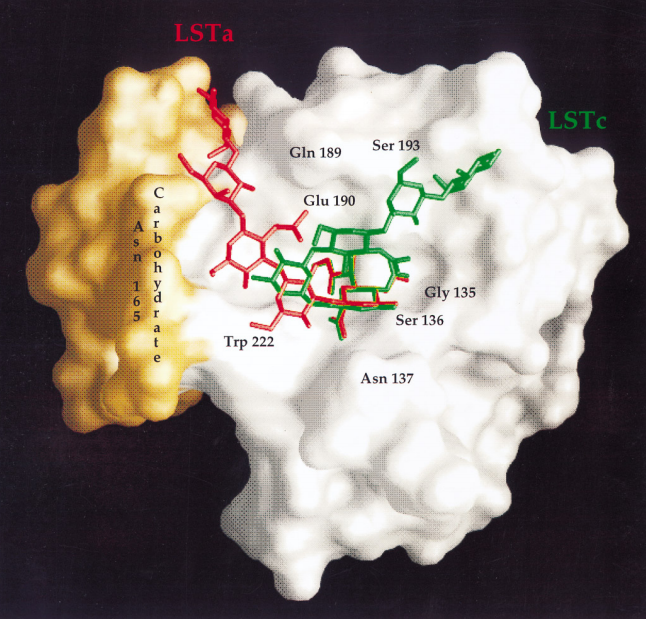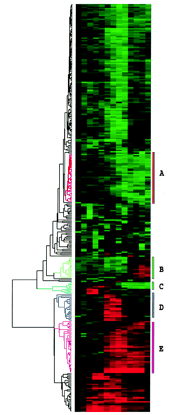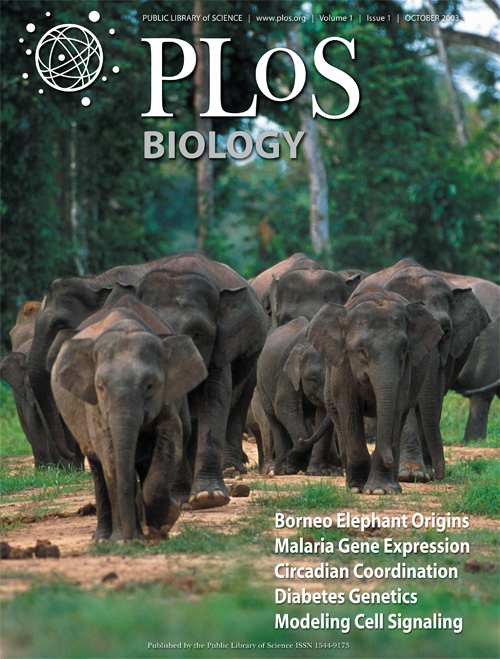Michael Eisen was born in Boston, but grew up in Bethesda, MD. He attended Walt Whitman High School (class of 1985), where he was captain of the math team and backup catcher on the baseball team. He was a member of the Montgomery County math team that won ARML – the national high school math competition – in 1985. He went on the major in mathematics at Harvard College (class of 1989).
After college, he entered the graduate program in Biophysics at Harvard University, where he did his graduate work with Don C. Wiley studying the function and evolution influenza virus proteins. He received his Ph.D. in 1996.
Before continuing his scientific career, Dr. Eisen pursued a lifelong dream by becoming the play-by-play voice of the Columbia Mules, a minor league baseball team in Columbia, TN.
Following this sojourn, Dr. Eisen moved to Stanford where he joined the labs of Patrick Brown and David Bostein as a postdoctoral fellow and played a major role in the development and application of the DNA microarrays that were invented in the Brown lab. His 1998 paper on the cluster analysis of gene expression data has been cited over 10,000 times (and is the 3rd most highly cited paper in the 100 year history of the Proceedings of the National Academy of Sciences)
In 2001 he moved to Berkeley, where he started his own lab – initially at the Lawrence Berkeley National Lab, and (as of 2006) the University of California, Berkeley. His lab uses a combination of experimental, computational and evolutionary genomic techniques to study how genomes encode the complex spatial and temporal patterns of gene expression that drive animal development, using flies in the genus Drosophila as a model system. He was named a Pew Scholar in the Biomedical Sciences in 2001 (and now serves on their board), received a Presidential Early Carrer Award for Science and Engineering in 2004 and was named an Investigator of the Howard Hughes Medical Institute in 2008. He is currently an Associate Professor of Genetics, Genomics and Development in the Department of Molecular and Cell Biology, and holds appointments in the Department of Integrative Biology and Museum of Comparative Zoology. The Eisen Lab website describes ongoing research in the lab and has a list of all of its publications.
Throughout his career, Dr. Eisen has worked to ensure that universal access to the products and benefits of scientific research. In 2000 he joined his former postdoctoral advisor Patrick Brown, and Nobel Prize winning cancer researcher Harold Varmus in launching the Public Library of Science (PLoS), a San Francisco based non-profit advocacy organization and publisher dedicated to making the world’s scientific and medical literature a freely available public resource. PLoS aims to eliminate the subscription based model that dominates the $10b/year scientific and medical publishing industry (and which denies access to the results of publicly funded research to students, teachers, physicians and countless others who would benefit from access to to latest scientific and medical discoveries) and to replace it with an “open access” model that makes all published papers immediately and universally freely available. To establish the viability of this model, PLoS has launched a series of open access journals, beginning with PLoS Biology in 2003. Its journals have become highly successful (PLoS One, launched in 2008, is now the largest scientific journal in the world, and will publish close to 10,000 articles in 2011) and PLoS has become a major force in reforming scientific publishing.
More information on PLoS can be found in the following articles:
New Premise in Science: Get the Word Out Quickly, Online




2 Comments